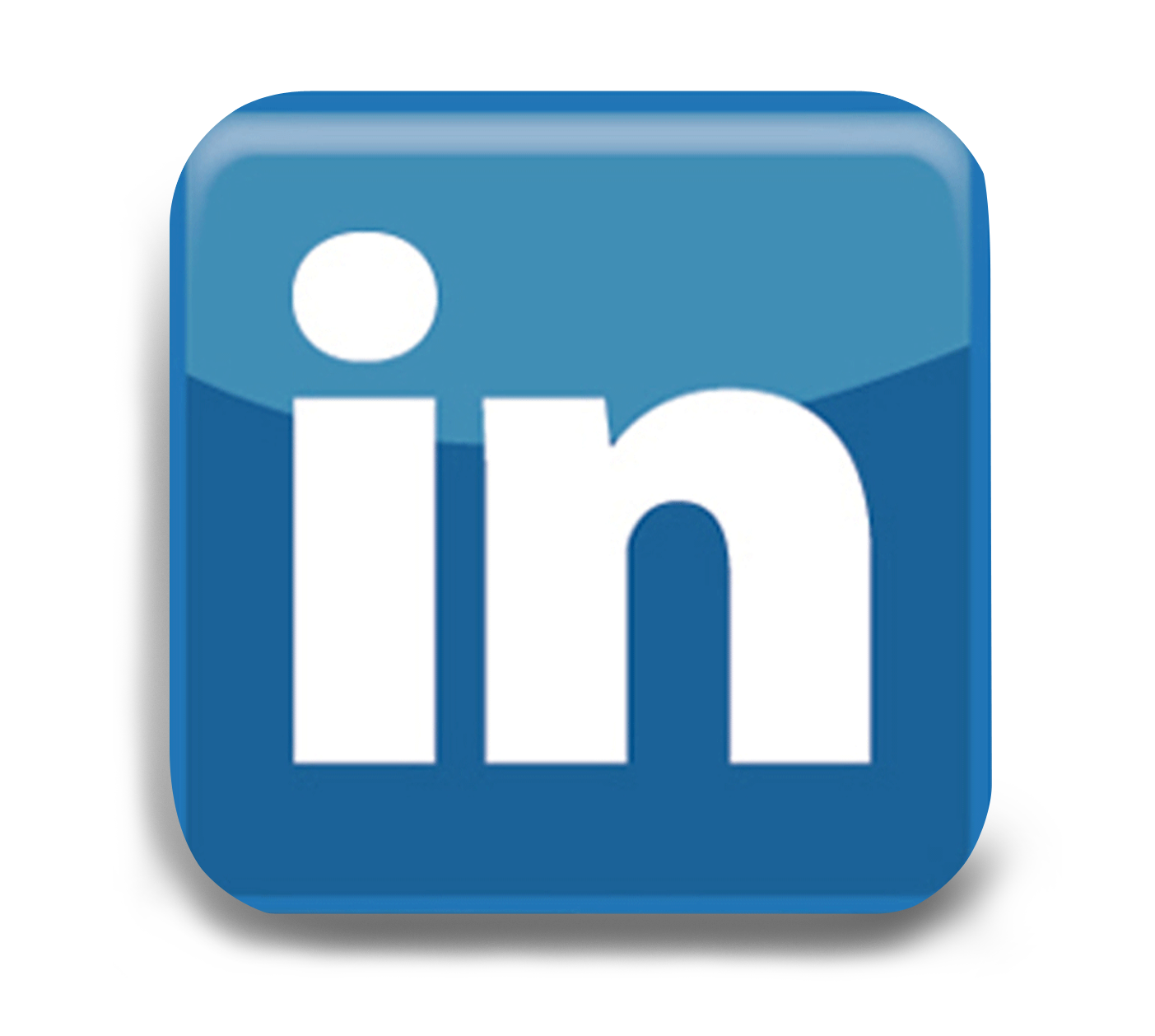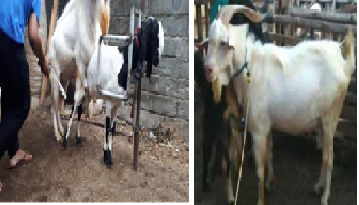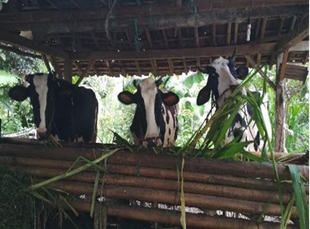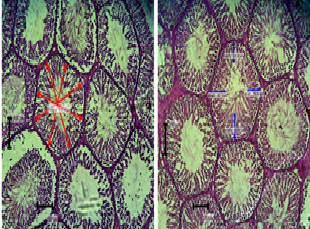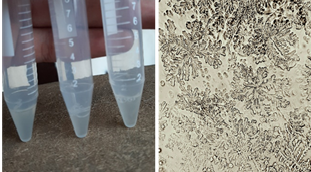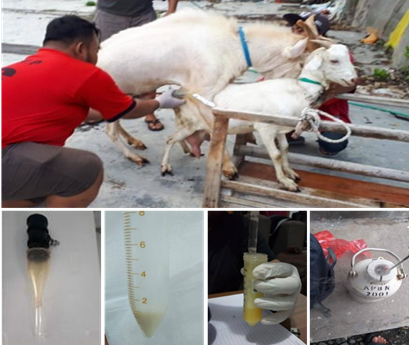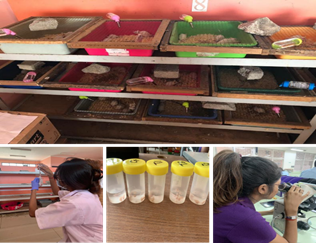Effect of methanol extract of cloves (Syzigium aromaticum) on Protein Gene Product 9.5 in the testes of rats (Rattus norvegicus) with induced cryptorchidism

Downloads
This study aimed to know the effect of cloves (Syzigium aromaticum) methanol extracts as an antioxidant on the germ cells of white rats (Rattus norvegicus) with induced cryptorchidism. The subjects of this study were 24 male white rats aged 21 days, who were divided into six groups. Rats were adapted for 5 days, after which cryptorchidism were induced. Cloves extract was given for 18 days and 36 days. On day-19 and day-37, rats were sacrificed and testicles were taken for Protein Gene Product (PGP) 9.5 detection by immunohistochemistry. These groups consisted of negative control group (given distilled water and sham surgery), positive control group (induction of cryptorchidism and given distilled water), and T treatment group (induction of cryptorchidism and given 70mg/kg bw cloves extract. Kruskal-Wallis test indicated a significant difference (p <0.05). The differences between treatments were shown based on the outcome of the Mann-Whitney test. Cloves acted as an antioxidant for cryptorchid testicular germ cells. It could be concluded that administering methanol extract of clove flowers could ameliorate the expression of PGP 9.5 in the testicular germ cells of white rats in a model of unilateral cryptorchidism.
Aitken RJ, Roman SD. 2013. Antioxidant systems and oxidative stress in the testes. In: Madame Curie bioscience database [Internet]. Austin (TX): Landes Bioscience; 2000-2013.
Batiha GE, Alkazmi LM, Wasef LG, Beshbishy AM, Nadwa EH, Rashwan EK. 2020. Syzygium aromaticum L. (Myrtaceae): Traditional uses, bioactive chemical constituents, pharmacological and toxicological activities. Biomolecules. 10: 202.
Blades M, Freyer J, Donner J, Chodroff Foran R, Forman OP. 2022. Large scale across-breed genome-wide association study reveals a variant in HMGA2 associated with inguinal cryptorchidism risk in dogs. PLoS One. 17: e0267604.
Boccellino M, Vanacore D, Zappavigna S, Cavaliere C, Rossetti S, D'Aniello C, Chieffi P, Amler E, Buonerba C, Di Lorenzo G, Di Franco R, Izzo A, Piscitelli R, Iovane G, Muto P, Botti G, Perdonà S, Caraglia M, Facchini G. 2017. Testicular cancer from diagnosis to epigenetic factors. Oncotarget 8:104654-104663.
Chaudhary P, Janmeda P, Docea AO, Yeskaliyeva B, Abdull Razis AF, Modu B, Calina D, Sharifi-Rad J. 2023. Oxidative stress, free radicals and antioxidants: potential crosstalk in the pathophysiology of human diseases. Front Chem. 11: 1158198.
Chianese R, Pierantoni R. 2021. Mitochondrial reactive oxygen species (ROS) production alters sperm quality. Antioxidants. 10: 92. h
Choi Y, Jung Y, Kim S, Kim J, Jung H, Yoon M. 2020. Stage-Dependent Expression of Protein Gene Product 9.5 in Donkey Testes. Animals 10: 2169.
de Souza NP, Cardoso AF, Gomide L, Lima T, Miot HA, Martino-Andrade AJ, Arnold LL, Pennington KL, Cohen SM, de Camargo J, Nascimento E Pontes MG. 2019. Experimental cryptorchidism enhances testicular susceptibility to dibutyl phthalate or acrylamide in Sprague-Dawley rats. Hum Exp Toxicol. 38: 899-913.
Dutta S, Sengupta P, Slama P, Roychoudhury S. Oxidative Stress, 2021. Testicular inflammatory pathways, and male reproduction. Int J Mol Sci. 22: 10043.
Gao Y, Wang C, Wang K, He C, Hu K, Liang M. 2022. The effects and molecular mechanism of heat stress on spermatogenesis and the mitigation measures. Syst Biol Reprod Med. 68: 331-47.
Hernández-Jardón N, Rojas-Castañeda JC, Landero-Huerta D, Reyes-Cruz E, Reynoso-Robles R, Juárez-Mosqueda MDL, Medrano A, Reyes-Delgado F, Vigueras-Villaseñor RM. 2022. Cryptorchidism: The dog as a study model. Front Vet Sci. 9: 935307.
Jena AB, Samal RR, Bhol NK, Duttaroy AK. 2023. Cellular red-ox system in health and disease: The latest update. Biomed Pharmacother. 162: 114606.
Jorban A, Lunenfeld E, Huleihel M. 2024. Effect of temperature on the development of stages of spermatogenesis and the functionality of Sertoli cells in vitro. Int J Mol Sci. 25: 2160.
Juan CA, Pérez de la Lastra JM, Plou FJ, Pérez-Lebeña E. 2021. The chemistry of reactive oxygen species (ROS) revisited: Outlining their role in biological macromolecules (DNA, lipids and proteins) and induced pathologies. Int J Mol Sci. 22: 4642.
Khan FA, Gartley CJ, Khanam A. 2018. Canine cryptorchidism: An update. Reprod Domest Anim. 53: 1263-70.
Leslie SW, Sajjad H, Villanueva CA. 2024. Cryptorchidism. [Updated 2024 May 5]. In: StatPearls [Internet]. Treasure Island (FL): StatPearls Publishing.
Li N, Zhou Q, Yi Z, Zhang H, Zhou D. 2023. Ubiquitin protein E3 ligase ASB9 suppresses proliferation and promotes apoptosis in human spermatogonial stem cell line by inducing HIF1AN degradation. Biol Res. 56: 4.
Lumingkewas AMW, Unitly AJA. 2023. Identification of phytochemical compounds antioxidant leaf extract and clove flower extract (Syzygium aromaticum). J Penelitian Pendidikan IPA 9: 8533-38.
Mahiddine FY, Kim MJ. 2021. Case report: Orchiopexy in two poodle dogs and its effect on their sperm quality parameters. Front Vet Sci. 8: 750019.
Meyerholz DK, Beck AP. 2018. Principles and approaches for reproducible scoring of tissue stains in research. Lab Invest. 98: 844-55.
Muwaffaq MA, Supriyo E. 2021. Optimization of clove flower oil extraction (Syzgium aromaticum L.) with factorial design method. J Voc Studies Appl Res. 3: 38-41.
Okoye E, Saikali SW. 2023. Orchiectomy. In: StatPearls [Internet]. Treasure Island (FL): StatPearls Publishing.
Ritschl LM, Fichter AM, Häberle S, von Bomhard A, Mitchell DA, Wolff KD, Mücke T. 2015. Ketamine-xylazine anesthesia in rats: Intraperitoneal versus intravenous administration using a microsurgical femoral vein access. J Reconstr Microsurg. 31: 343-7.
Rodprasert W, Virtanen HE, Mäkelä JA, Toppari J. 2020. Hypogonadism and cryptorchidism. Front Endocrinol. 15:10: 906.
Sotler R, Poljšak B, Dahmane R, Jukić T, Pavan Jukić D, Rotim C, Trebše P, Starc A. 2019. Prooxidant activities of antioxidants and their impact on health. Acta Clin Croat. 58: 726-36.
Soto-Heras S, Reinacher L, Wang B, Oh JE, Bunnell M, Park CJ, Hess RA, Ko CJ. 2024. Cryptorchidism and testicular cancer in the dog: unresolved questions and challenges in translating insights from human studies. Biol Reprod. 13: ioae075.
Thorup J, Hildorf S, Hildorf AE, Baastrup JM, Mamsen LS, Andersen CY, Olsen TE, Cortes D. 2023. The fate of germ cells in cryptorchid testis. Front Endocrinol 14: 1305428.
Tsounapi P, Honda M, Dimitriadis F, Shimizu S, Imanishi M, Matsunaga S, KawamotoB, Hikita K, Muraoka K, Sejima T, Sofikitis N, Saito M, Tomita S, Takenaka A. 2015. Unilateral cryptorchidism induces testicular cells' DNA oxidative damage and apoptosis bilaterally in the rat; the effects of antioxidants administration. Eur Urol Suppl. 14: e176 6
Villalobos-Gomez J, Del-Angel-Caraza J, Tapia-Araya A, Brandao F, Hernández-López CA, Martínez-Gomariz F, Botero-Crespo CE, Properzi R. 2023. A retrospective study of laparoscopic cryptorchidectomy in 19 cats with intra-abdominal testes. Animals 13: 181.
Walke G, Gaurkar SS, Prasad R, Lohakare T, Wanjari M. 2023. The impact of oxidative stress on male reproductive function: Exploring the role of antioxidant supplementation. Cureus. 15: e42583.
Wang K, Li Z, Li Y, Li X, Suo Y, Li C. 2023a. Impacts of elevated temperature on morphology, oxidative stress levels, and testosterone synthesis in ex vivo cultured porcine testicular tissue. Theriogenology 212: 181-8.
Wang Y, Su M, Chen Y, Huang X, Ruan L, Lv Q, Li L. 2023b. Research progress on the role and mechanism of DNA damage repair in germ cell development. Front Endocrinol. 14: 1234280.
Yang D, Lu Q, Peng S, Hua J. 2023. Ubiquitin C-terminal hydrolase L1 (UCHL1), a double-edged sword in mammalian oocyte maturation and spermatogenesis. Cell Prolif. 56: e13347.
Zhou Y, Tao L, Qiu J, Xu J, Yang X, Zhang Y, Tian X, Guan X, Cen X, Zhao Y. 2024. Tumor biomarkers for diagnosis, prognosis and targeted therapy. Signal Transduct Target Theriogenology 9: 132.
Copyright (c) 2024 Faizah Zakiyyatun Nufus, Bambang Sektiari Lukiswanto, Ira Sari Yudaniyanti, Nove Hidajati, Eduardus Bimo Aksono Herupradoto, Budi Utomo

This work is licensed under a Creative Commons Attribution-ShareAlike 4.0 International License.
Ovozoa by Unair is licensed under a Creative Commons Attribution-ShareAlike 4.0 International License.
1. The journal allows the author to hold the copyright of the article without restrictions.
2. The journal allows the author(s) to retain publishing rights without restrictions
3. The legal formal aspect of journal publication accessibility refers to Creative Commons Attribution Share-Alike (CC BY-SA).
4. The Creative Commons Attribution Share-Alike (CC BY-SA) license allows re-distribution and re-use of a licensed work on the conditions that the creator is appropriately credited and that any derivative work is made available under "the same, similar or a compatible license”. Other than the conditions mentioned above, the editorial board is not responsible for copyright violation.










